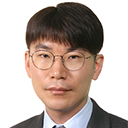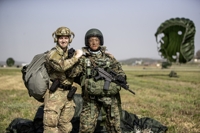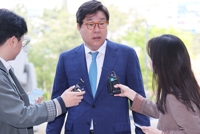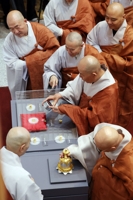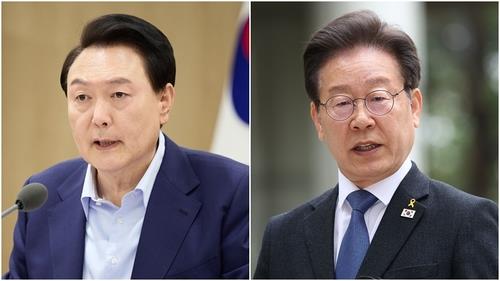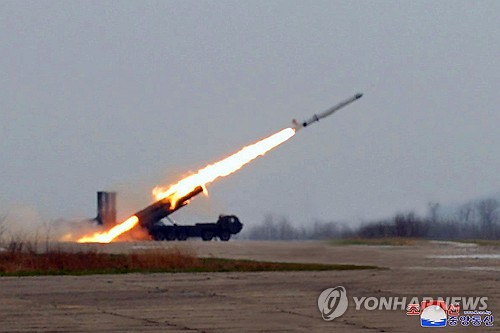(LEAD) S. Korea, U.S. to update war plans to deter evolving N.K. nuke, missile threats
(ATTN: UPDATES throughout with outcome of defense talks)
By Song Sang-ho and Kang Yoon-seung
SEOUL, Dec. 2 (Yonhap) -- South Korea and the United States agreed Thursday to update their joint wartime contingency plans to deter North Korea's evolving nuclear and missile threats, the two sides said, in a sign of their stepped-up cooperation to reinforce deterrence against the recalcitrant regime.
Defense Minister Suh Wook and his U.S. counterpart, Lloyd Austin, approved the "Strategic Planning Guidance," a document to set the tone for updated wartime operation plans (OPLANs), during the allies' annual Security Consultative Meeting (SCM).
Calls have persisted for rewriting the decade-old strategic guidance that critics said has become outdated following major advancements in the North's weapons development programs, including its refined nuclear arms, submarine-launched ballistic missiles and a hypersonic missile.
The strategic guidance is designed to provide the allies' Military Committee, led by their Joint Chiefs of Staff chairmen, with authorization for a war plan, which is to be written by the South Korea-U.S. Combined Forces Command (CFC).
The new guidance marks a manifestation of the allies' resolve to harness their combined military capabilities to respond to various wartime scenarios, including the North's use of both nuclear and conventional strikes, observers said.
The guidance is likely to pave the way for a major change to the current OPLAN 5015 that lays out a series of procedures to handle an all-out war with the North. OPLAN 5015 is known to focus largely on handling conventional attacks -- a reason why calls for its replacement or an update have surfaced.
Also at the SCM, Suh and Austin pledged to conduct the full operational capability (FOC) assessment for the conditions-based transfer of wartime operational control (OPCON) in 2022 after a period of pandemic-driven delay.
The FOC assessment is the second part of a three-phase program to verify if South Korea is ready to lead the allies' combined forces during wartime. Though the allies fixed the year for the FOC assessment, it remains unknown whether it would proceed in the first half of next year or in the latter half.
Even if the FOC verification is over, the allies face the full mission capability assessment, the third and last part of the verification program, meaning it is virtually impossible for Seoul to retake wartime OPCON before the end of the Moon Jae-in administration in May next year.
South Korea handed over operational control over its troops to the U.S.-led U.N. Command during the 1950-53 Korean War. It was then transferred to the U.S.-led CFC when the command was launched in 1978.
South Korea retook peacetime OPCON in 1994, but the U.S. still possesses wartime OPCON. The wartime OPCON transfer was previously set for 2015 but was postponed, as the allies agreed in 2014 to a conditions-based handover due to Pyongyang's rising nuclear and missile threats.
In the SCM joint statement, the minister and secretary acknowledged the importance of preserving peace and security in the Taiwan Strait -- the first mention of the sensitive issue in the SCM, which analysts said signaled the expanding scope of the bilateral alliance to cover security far beyond the Korean Peninsula.
The Taiwan Strait was also mentioned in the joint statement issued at the close of the summit between Presidents Moon and Joe Biden in May. But its mention in the allies' security document hinted at Washington's effort to rally allies against an assertive China.
The SCM statement also emphasized the U.S.' commitment to maintaining the current level of 28,500 American troops in South Korea. Last year's version did not mention it amid tensions over the prolonged cost-sharing negotiations for the upkeep of the U.S. Forces Korea.
In the statement, the two defense chiefs also pledged to closely cooperate on the relocation of the allies' Combined Forces Command headquarters to Camp Humphreys in Pyeongtaek, 70 kilometers south of Seoul, by next year.
They also reaffirmed the plan for the return of parts of the U.S. military's Yongsan Garrison in the capital by early next year, a move likely to back a mega project to build a national park there.
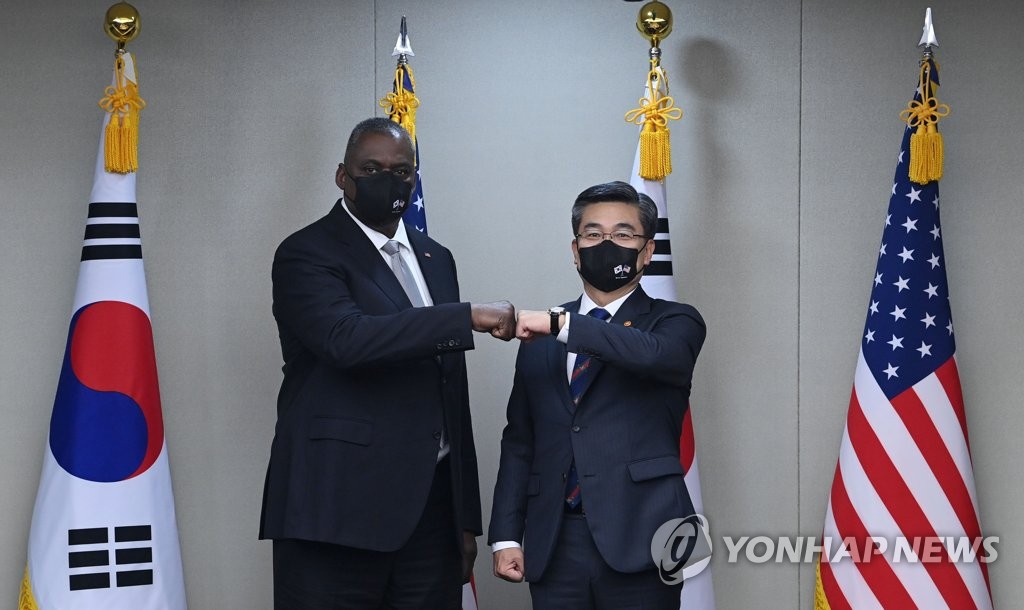
Defense Minister Suh Wook (R) and his U.S. counterpart, Lloyd Austin, pose for a photo before their talks at the defense ministry in Seoul on Dec. 2, 2021. (Pool photo) (Yonhap)
sshluck@yna.co.kr
(END)
-
 Overdue debut of Korean abstract art pioneer Yoo Young-kuk at Venice Biennale
Overdue debut of Korean abstract art pioneer Yoo Young-kuk at Venice Biennale -
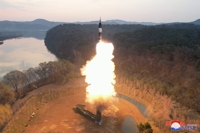 Defense chief says N. Korea's hypersonic missile 'unsuccessful' in last-stage glide flight
Defense chief says N. Korea's hypersonic missile 'unsuccessful' in last-stage glide flight -
 Relax, immerse yourself in scents at Venice Biennale's Korean Pavilion
Relax, immerse yourself in scents at Venice Biennale's Korean Pavilion -
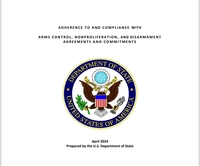 N. Korea has capability to genetically engineer biological military products: U.S. report
N. Korea has capability to genetically engineer biological military products: U.S. report -
 S. Korea marks 30th anniv. of Korean Pavilion at Venice Biennale with contemporary art
S. Korea marks 30th anniv. of Korean Pavilion at Venice Biennale with contemporary art
-
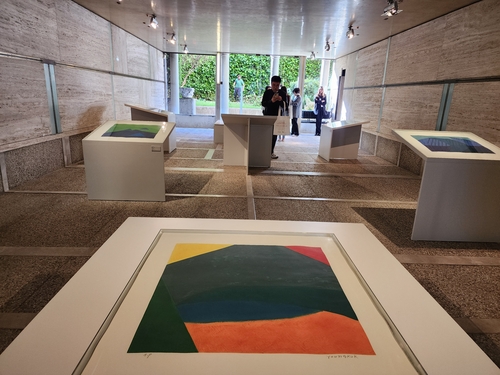 Overdue debut of Korean abstract art pioneer Yoo Young-kuk at Venice Biennale
Overdue debut of Korean abstract art pioneer Yoo Young-kuk at Venice Biennale -
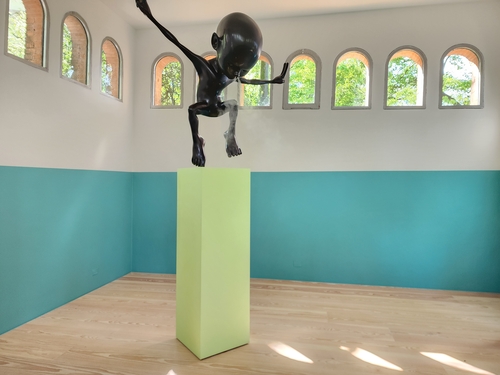 Relax, immerse yourself in scents at Venice Biennale's Korean Pavilion
Relax, immerse yourself in scents at Venice Biennale's Korean Pavilion -
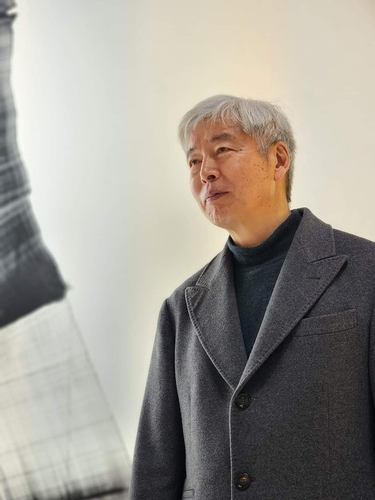 Artist Lee Bae captures ethereal Korean aesthetics at Venice Biennale
Artist Lee Bae captures ethereal Korean aesthetics at Venice Biennale -
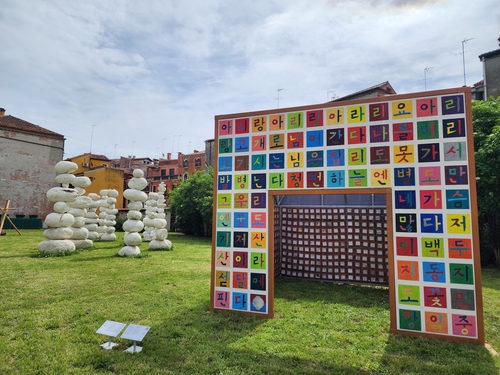 S. Korea marks 30th anniv. of Korean Pavilion at Venice Biennale with contemporary art
S. Korea marks 30th anniv. of Korean Pavilion at Venice Biennale with contemporary art -
 Defense chief says N. Korea's hypersonic missile 'unsuccessful' in last-stage glide flight
Defense chief says N. Korea's hypersonic missile 'unsuccessful' in last-stage glide flight
-
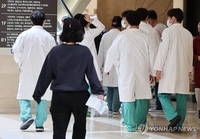 Gov't likely to accept university chiefs' request to lower med school enrollment quota
Gov't likely to accept university chiefs' request to lower med school enrollment quota -
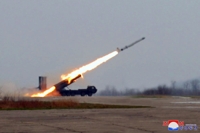 N. Korea says it conducted 'super-large warhead' test for strategic cruise missile
N. Korea says it conducted 'super-large warhead' test for strategic cruise missile -
 S. Korea not invited to G7 summit meeting this year: sources
S. Korea not invited to G7 summit meeting this year: sources -
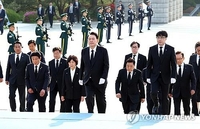 Yoon's approval rating sinks to lowest point since taking office
Yoon's approval rating sinks to lowest point since taking office -
(URGENT) N. Korea conducted 'super-large warhead' test for strategic cruise missile: KCNA
